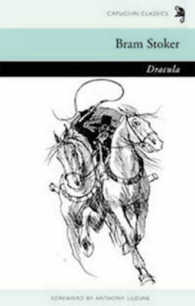- ホーム
- > 洋書
- > 英文書
- > Science / Mathematics
Full Description
Graph theory has strong historical roots in mathematics, especially in topology. Its birth is usually associated with the "four-color problem" posed by Francis Guthrie 1 in 1852, but its real origin probably goes back to the Seven Bridges of Konigsber ¨ g 2 problem proved by Leonhard Euler in 1736. A computational solution to these two completely different problems could be found after each problem was abstracted to the level of a graph model while ignoring such irrelevant details as country shapes or cross-river distances. In general, a graph is a nonempty set of points (vertices) and the most basic information preserved by any graph structure refers to adjacency relationships (edges) between some pairs of points. In the simplest graphs, edges do not have to hold any attributes, except their endpoints, but in more sophisticated graph structures, edges can be associated with a direction or assigned a label. Graph vertices can be labeled as well. A graph can be represented graphically as a drawing (vertex=dot,edge=arc),but,aslongaseverypairofadjacentpointsstaysconnected by the same edge, the graph vertices can be moved around on a drawing without changing the underlying graph structure. The expressive power of the graph models placing a special emphasis on c- nectivity between objects has made them the models of choice in chemistry, physics, biology, and other ?elds.
Contents
Applied Graph Theory for Low Level Image Processing and Segmentation.- Multiresolution Image Segmentations in Graph Pyramids.- A Graphical Model Framework for Image Segmentation.- Digital Topologies on Graphs.- Graph Similarity, Matching, and Learning for High Level Computer Vision and Pattern Recognition.- How and Why Pattern Recognition and Computer Vision Applications Use Graphs.- Efficient Algorithms on Trees and Graphs with Unique Node Labels.- A Generic Graph Distance Measure Based on Multivalent Matchings.- Learning from Supervised Graphs.- Special Applications.- Graph-Based and Structural Methods for Fingerprint Classification.- Graph Sequence Visualisation and its Application to Computer Network Monitoring and Abnormal Event Detection.- Clustering of Web Documents Using Graph Representations.
-

- 電子書籍
- 梅之助くんは男子寮の女の子(分冊版) …
-

- 電子書籍
- 〈映画の見方〉がわかる本 ブレードラン…
-

- 電子書籍
- 無敵の人 分冊版 2 アクションコミッ…
-

- 電子書籍
- 彼女になる日 another 4巻 花…




